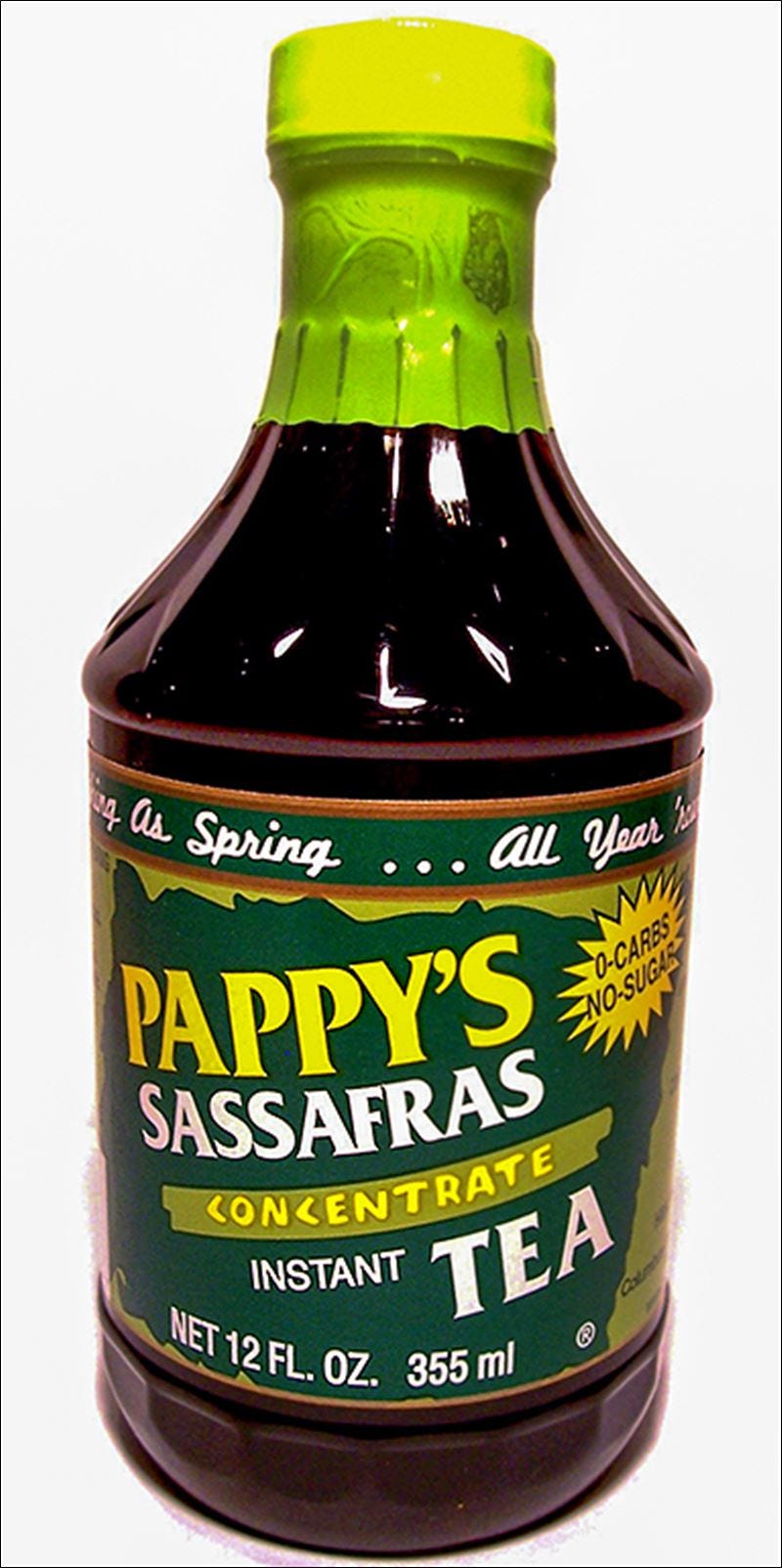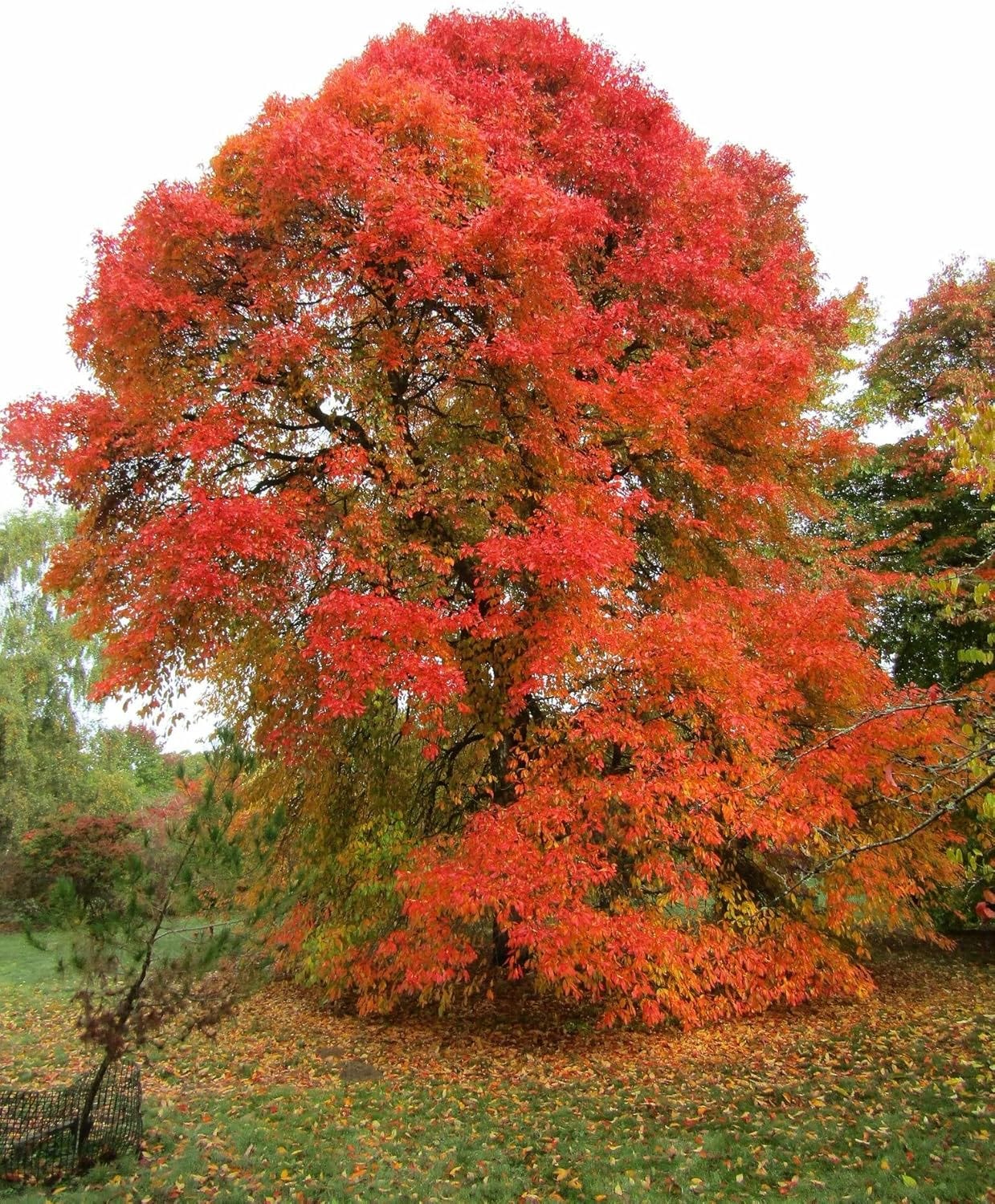Rediscovering the wonders of sassafras
It is much more than just root beer
Sassafras tree provides leaves, bark, and roots for your kitchen medicinal apothecary. Its essences can cleanse your body, boost your immune system, treat colds, enhance kidney functions, relieve pain, soothe inflammation, reduce menstruation pain, increase energy, and protect dental health. Its bark contains three major chemical compounds: methyleugenol, safrole and camphor.
History
Sassafras albidum is a native of eastern North America, and is often considered the only spice from this country. In the early seventeenth century, sassafras was one of America’s most significant exports, second only to tobacco.
Native Americans introduced European colonizers to sassafras medicinal uses. Reports of healing properties, created a sassafras craze drawing New World settlers — its roots touted as a cure all. By the early 1600s, explorers were harvesting sassafras all along the East Coast to meet the European buyer demand.
Developed as a Dentifrice
Sassafras twigs formed a kind of toothbrush, and was popular due to their pleasant flavor and antiseptic properties.
One of the old Adams' chewing gums was flavored with sassafras. Thomas Adams used chicle [a rubbery tree sap from the Sapodilla trees of Mexico] flavored with both sassafras and licorice, shaping it into little balls. In 1871 he machined a process to cut those balls into strips sold to pharmacies.
Adams later worked with businessman William Wrigley, Jr. to establish the American Chicle Company. One of his products — Chiclets, first introduced in 1900 — is still sold around the world today.
Sassy Song
Pepsodent was among the best selling toothpastes in it's 1930s- 1940s heyday, when they were Bob Hope's radio sponsor.
"Irium" was a name for sodium lauryl sulfate, an ionic surfactant. IMP", "Insoluble Meta-Phosphate", was claimed to whiten teeth.
The oil extracted from the tree remained in use as an antiseptic/analgesic for dentistry and as a flavoring for toothpastes, root beer, and chewing gum until the 1970’s. That is when the U.S. Food and Drug Administration declared that the chemical compound safrole, found in the oil of the bark was a potential carcinogen.
Sajole Component
Although sassafras was once used in root beer, chewing gum, and toothpaste, the discovery of safrole—a potentially carcinogenic compound in sassafras oil—led to its ban in food products in the U.S. Studies performed in rodents produced metabolites which were weak hepatocarcinogens. These chemicals were not found in humans. Still, in 1979 FDA imposed restrictions that did made it safe for the rats to sip their root beer. But it took away Grandma’s afternoon sassafras tea, which somehow had got her living to a long age, without cancer.

Consumption of sassafras tea or homemade root beer is unlikely to pose significant health risks. Safrole occurs naturally in a variety of other food products, such as nutmeg, mace, cinnamon, anise, black pepper and sweet basil, but these have no FDA imposed restrictions. Most likely, they are targeting the production of MDMA (ecstasy) or its similar counterpart, MDA (sassafras drug) which can be synthesized from safrole. So by getting rid of a potential ‘carcinogen’, the FDA could remove a possible illegal drug source.
Sassafras flavoring comes from the roots of the sassafras tree. Its leaves are still dried for use in file', a spice used in flavoring gumbo. These leaf products do not contain the safrole that comes from the roots. Any oil extracts must now undergo cold temperature crystallization in order to precipitate out the sajole chemical. It is unknown if that sajole contributes to the medicinal qualities of the plant.
Pretty Landscape tree
Sassafras (Sassafras albidum) Sassafras wood is prized for its durability and resistance to decay, used for fence posts, rails, bedframes and floors.
Sassafras grows all across the eastern United States, thriving in oak-hickory forests. It is an aromatic deciduous tree, averaging 10 to 40 feet tall, with a rough gray bark. The bright green alternate leaves look much like suede. These include a simple, unlobed obovate leaf; the iconic mitten-shaped, double-lobed leaf; and a three-lobed leaf that resembles a dinosaur footprint. They blaze with the flame of their colors in autumn, when the foliage turns vibrant shades of orange, yellow, and red, often complemented by clusters of blue-purple fruits adorning striking red stems. Its zigzagging branches create a layered, pagoda-like silhouette.
Sassafras contributes to local wildlife. Its fat-rich fruits provide a food source for birds and small mammals. It hosts over 40 species of Lepidoptera, including the spicebush swallowtail, Io moth, and Cecropia moth. Northern long-eared bats prefer sassafras as a roosting site.
REFERENCES
https://davesgarden.com/guides/articles/view/1916
https://www.thoughtco.com/thomas-adams-and-history-of-chewing-gum-4075422
https://www.thevintagenews.com/2017/12/13/pepsodent-iconic-ad/
https://draxe.com/nutrition/sassafras/
https://www.webmd.com/vitamins/ai/ingredientmono-674/sassafras
Family patiently brews up success with sassafras tea. 3rd generation follows tradition. https://www.toledoblade.com/Retail/2014/06/20/Family-patiently-brews-up-success-with-sassafras-tea.html
https://www.amazon.com/Pappys-Sassafras-Instant-Tea-Concentrate/dp/B0000DG5CF






Very interesting, thank you. I’m going to try it as a tea.